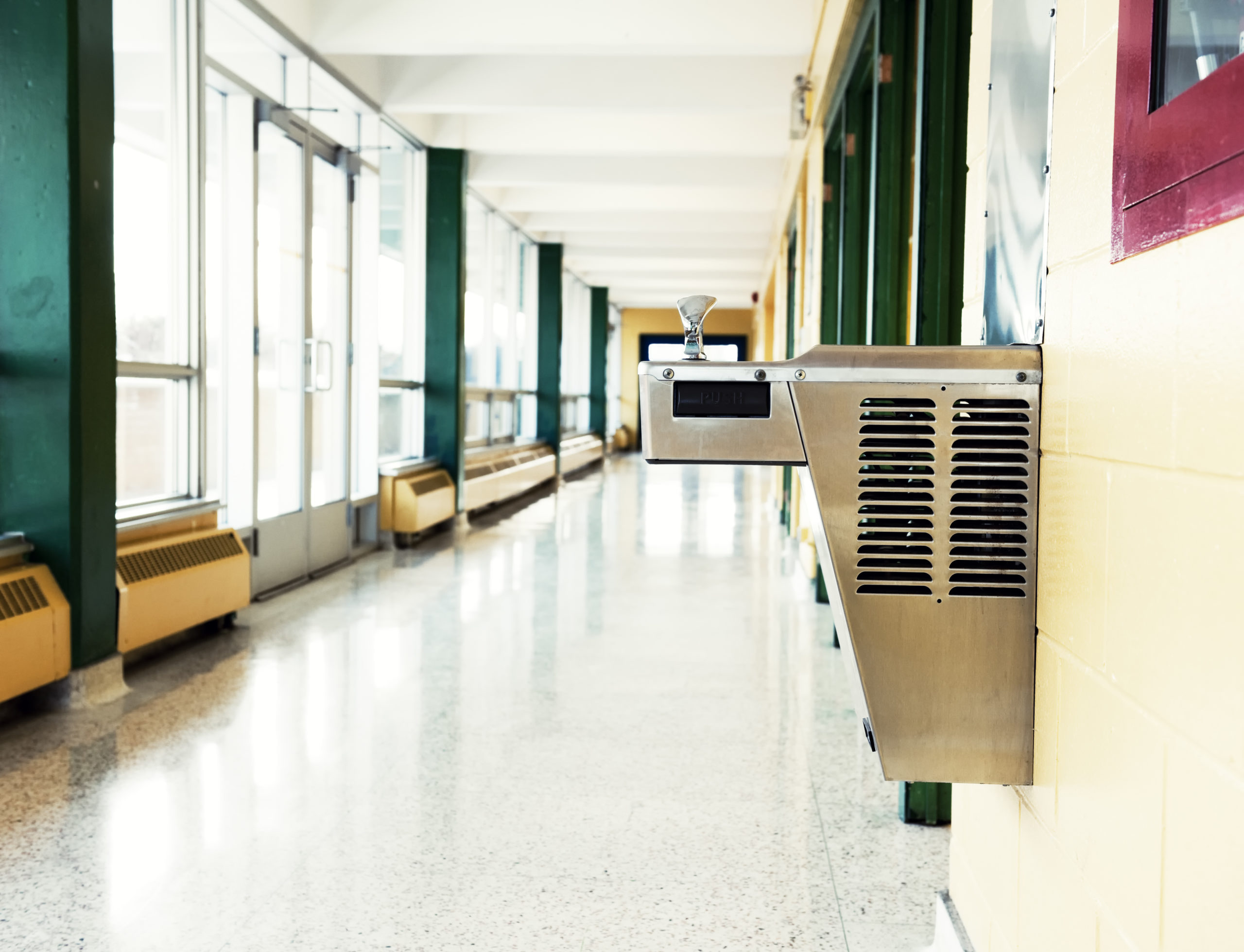MREA has been a strong advocate for equitable funding for rural schools to be able maintain their facilities. A 2014 MDE School Facilities Finance report noted the largest 25 school districts encompassing almost 50% of the state’s total public student body spent an average of $2.79 per square foot on deferred maintenance while the other 300+ districts covering the other half of the student body spent an average of $0.58 per square foot on deferred maintenance. Why? The largest districts qualify for ‘Alternative Facilities’ authority whereby their locally elected school boards can issue bonds to address facility maintenance issues. In 2015, MREA successfully lobbied passage of the Long Term Facility Maintenance Revenue (LTFM) program, giving a much needed boost in dollars to help rural schools maintain their facilities.
This was a great success for rural districts, and as you can see, our work is not done. Smaller and rural districts are capped at $380 per pupil, while the Alternative Facilities districts do not have a cap. Alternative Facilities districts have the ability to keep raising their levies because their 10-year plans drive their expenses, and their boards are able to adopt the revenue plan to pay for it. The Alternative Facility districts again are pulling away from the rest of the state in their ability to raise money towards maintenance of their buildings. If nothing changes by 2025, Alternative Facility districts will have more than double the amount of money to spend per pupil compared to the rest of the districts in the state.

In these two graphs produced by MREA, the first one illustrates the average age of facilities that districts use for instruction and administration. The median age of facilities statewide is 36.24 years. The majority of the districts that have well above the median age in the state are from the southern and western part of our state. However, the Iron Range has some of the oldest buildings on average. This set of data is taken from MDE, and it caps the building’s age at 50 years.
Average Age of Facilities with Cap at 50 Years Old
The second graph shows the average age of all facilities a district uses and does not have a cap on a building’s age. Chisholm and Ely have facilities that average 94.9 and 95.3 years, respectively.
Average Age of Facilities Without Cap
As a facility ages, it takes more revenue to maintain the building. MREA believes all districts — not just the biggest 25 — should have adequate resources to maintain their facilities. MREA will continue to legislatively address LTFM equity for rural districts.





